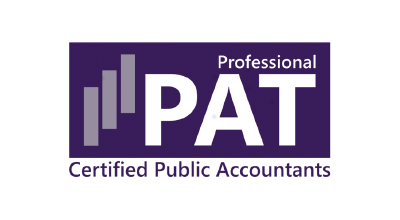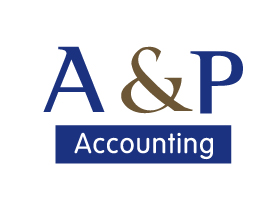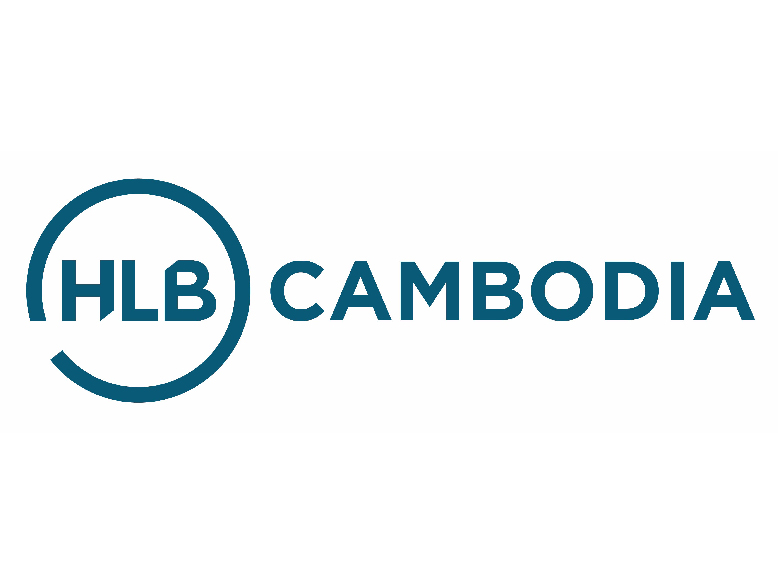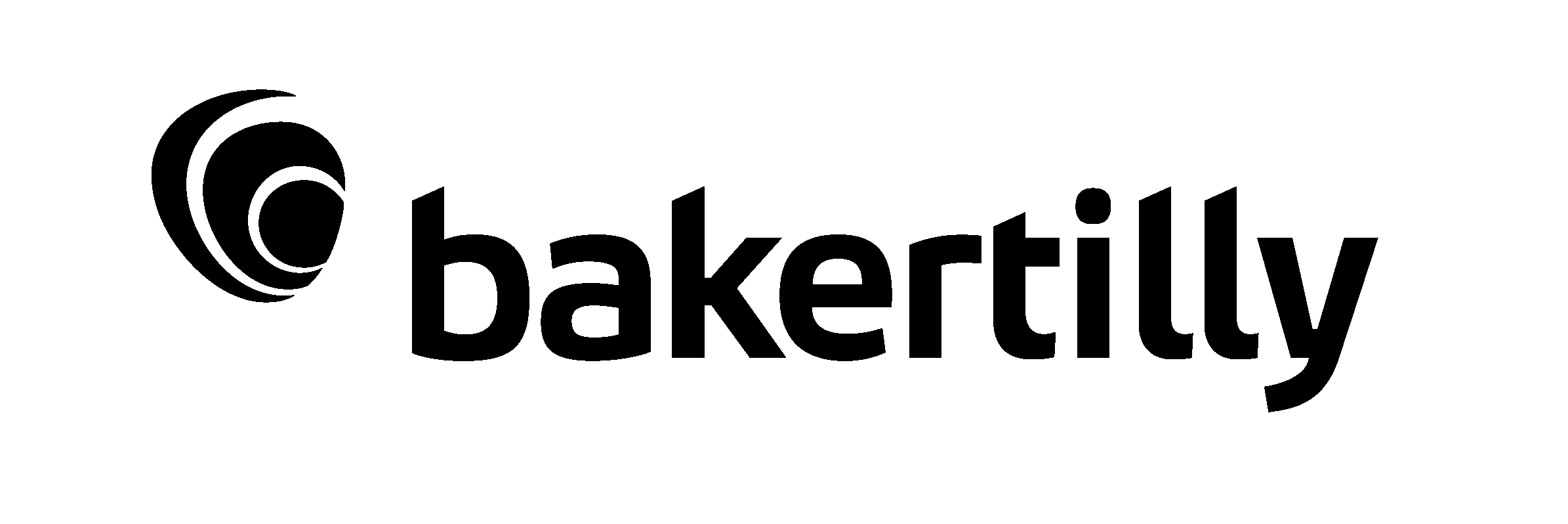Recruitment consultants work with businesses to match job seekers to open positions. When they believe a certain candidate will match a particular job, they forward the applicant’s information to the business for further review. Writing a cover letter to a recruiter is therefore your first step in getting a job, and you can take a few steps to make sure that cover letter is perfect.
Part 1 of 2: Getting Ready
1. Decide what kind of job you’re looking for. Recruiters typically specialize in a particular job style or field, so you’ll have to know what you’re looking for before contacting one. If you’re having trouble deciding on what you’re looking for, keep the following in mind.
- What was your area of education?
- What are your past experiences?
- Have you had a job in the past that you enjoyed?
- Consider whether you intend this as a career or as a temporary job. You might be more willing to compromise over a temporary job than over a lifelong career.
2. Investigate what kinds of jobs the recruiter usually matches with. When writing to a recruiter, you’ll want to make sure that you’re applying for jobs that you would be a fit for. For example, if you’re looking for a job in sales, you wouldn’t write to a recruiter who typically matches people for custodial positions.
3. Put your own resume together. You should never send a cover letter to a recruiter without including your resume. Since the two go hand in hand, you’ll have to prepare your resume at the same time as you’re working on your cover letter. It helps to do the resume first. This will focus your thoughts on your experience and give you points to elaborate on in your cover letter.
4. Look over your resume. Your resume is a concise statement of your experiences, and typically doesn’t contain much description. Your cover letter is an opportunity to elaborate on certain points from your resume. Before writing your letter, carefully review your resume. Highlight the points you’d like to make, and if anything needs further explanation. That way, you can make your cover letter and resume complement each other, instead of just restating each other.
5. Learn the format for a business letter. All cover letters should be considered formal business letters. This applies whether you’re sending an email or a hard copy letter. Learn this format and use it for all your cover letters.[5] Become familiar with the following format and be sure to use it when writing your letter.
- Place your name, title, and address on the top left of the paper.
- Place the date below this.
- Put the person’s name, title, and address below this.
- Address the person appropriately. Start with “Dear Mr.” or “Dear Mrs.”
- Have 1-inch margins around the paper and use single spacing. Don’t indent, just use a double space in between paragraphs.
- Use an easy-to-read font such as Times New Roman or Arial, in 12-point font.
- End with “Sincerely,” then leave 4 lines so you can manually sign your name. Below this, type your name and title
Part 2 of 2: Writing Your Cover Letter
- Address the recipient properly. Remember that this is a formal business letter. You should address the recipient as Mr. or Mrs. Also use “Dear” as a greeting; “Hi” or “Hello” are not appropriate for a business letter.
- State why you’re writing the letter. Cover letters are “cut to the chase” kinds of letters. A long greeting is unnecessary. The first paragraph is for announcing your purpose, so you should state right from the top why you’re writing this letter.
- Introduce yourself to the recipient. After the first sentence, within the first paragraph, you should give a very brief introduction of yourself. This shouldn’t go longer than two sentences; just give the recipient an idea of who you are.
- State the job you’re interested in. Since the recruitment consultant will match you with a job based on your cover letter and resume, you should state if there is a specific job or company you’re interested in being matched with. That way, the recruiter will know what you’re looking for and be better equipped to help you find a job.












